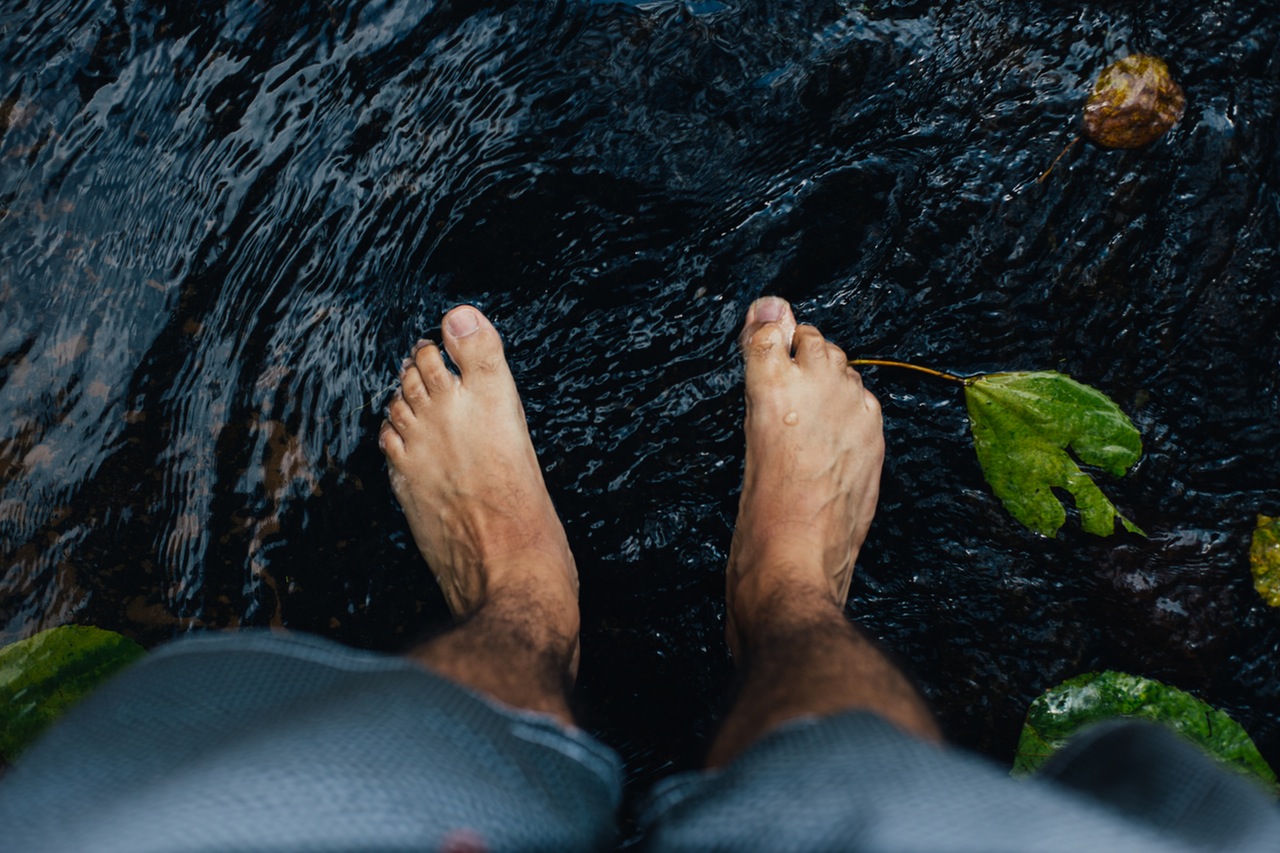Corns and bunions are distinct feet issues. Corns are a skin issue that occur on top of, or between toes. Bunions are a bone issue that usually form behind the big toe.
Corns: What Are They?
A corn is a hard layer of dead skin that forms over a bone bump, usually on top of a toe, as a protective reaction against repeated friction. Cone-shaped with a knobby core pointing inward, it can have pressure on the nerve and cause sharp pain. When a corn develops between toes, it is called a soft corn, which usually protects a bone deformity such as a hammertoe or bone spur.

Note that calluses, while similar to corns, are different. Calluses are formed from the same skin material, but develop on the ball or heel of the foot. The causes, however, are similar, namely a protective layer of skin that defends against excessive pressure and chafing. Your Lansdale diabetic foot care expert also wants you to know that for people with diabetes, calluses are a strong predictor of ulceration, particularly for patients with a history of foot ulcers.
Corns: Why Do They Form?
A corn results from the friction of toes rubbing together or against a material surface. They can develop when:
- Shoes, socks, or other footwear are too snug around toes.
- Toe-pressure from high-heels.
- Feet sliding against the end of shoes, if they are too loose.
- Deformed or crooked toes.
Bunions: What Are They?
A bump of actual bone behind the big toe, a bunion is a bone deformity. It forms when the first metatarsal bone (metatarsal bones join the foot and toes) moves outwards. As this condition develops, a bunion forms as the big toe is forced to grow at an angle in the direction of the other toes. The bunion bone will manifest as a bump at the side of the foot.
Bunions: Why Do They Form?
A bunion develops when the big or little toe is forced in, towards the other toes, leading the metatarsal bone to jut out and rub against the shoe. Usually, it occurs in the first metatarsal bone (big toe), but it can develop in the fifth metatarsal bone too (little toe).
Anyone with abnormal bones in their feet are at greater risk of bunions. Another cause is narrow-toed and/or high-heeled shoes, which put enormous pressure on the front of feet. Also, any physical conditions (flat feet or arthritis) or occupational conditions (ballet) which place additional stress on feet may increase the risk for bunions.
The best way to protect against either corns or bunions is to wear appropriately-fitting shoes, which offer protective pads or padding, and do not apply any undue pressure to your feet and toes.
Another good strategy is to visit your Lansdale foot pain expert, who can offer you personalized advice on how to take care of you particular condition.
Sources
Advanced Podiatry
New York Times




